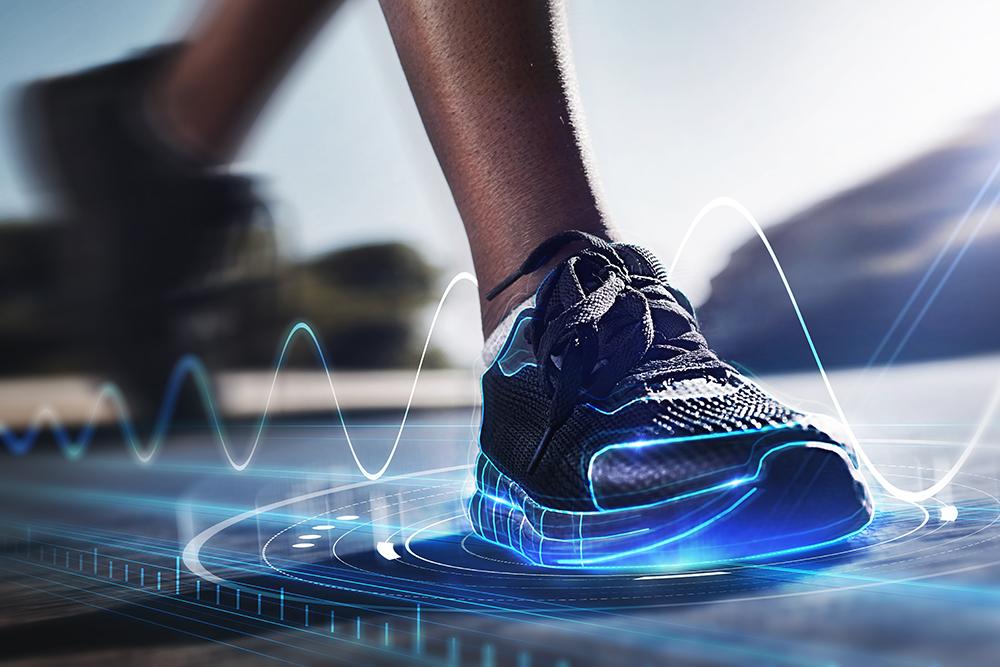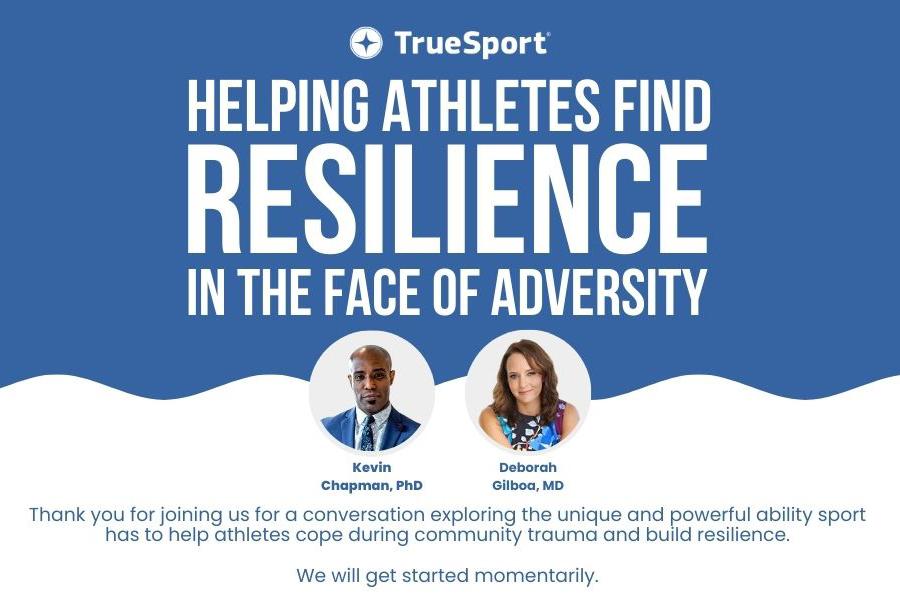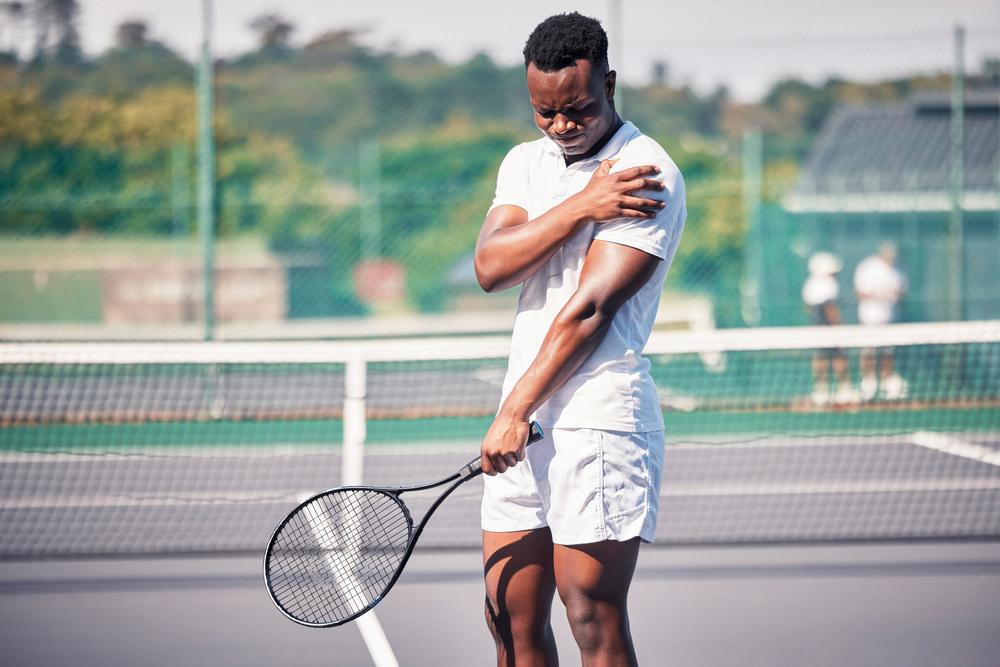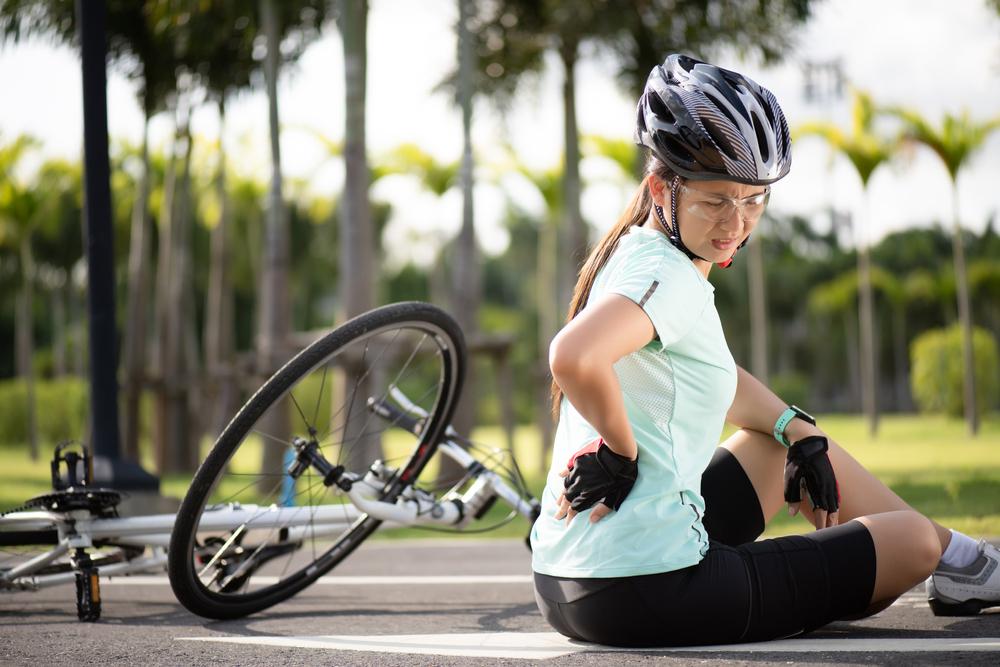Michele LaBotz: Complementary and alternative medicine are different forms of treatment that families and athletes will pursue either in pursuit of improving performance or improving health. A specific line of treatment is considered “complementary” if it’s something that they are doing in addition to more traditional medicine. So, for instance, somebody who maybe has some back pain and is seeing a chiropractor in addition to their regular doctor, for them, chiropractic care is complementary to their regular treatment. A line of treatment is considered “alternative medicine” if they are using it in place of more traditional medicine. So, for example, somebody more going along with homeopathy or naturopathic treatments.
Almost nine million children and adolescents in the United States are pursuing some forms of complementary and alternative medicine. So, we don’t know how that kind of sorts out for athletes specifically, but there’s a lot of young people doing it. For some folks, for instance many children in my practice, for them it’s part of their routine care. They see their chiropractors, for instance, for tune-ups, or they seek out massage therapy on a regular basis, just perceiving that it’s part of maintaining health. For others, they use it in pursuit of performance, so you see some of the treatments espoused by athletes at the highest level who say that cupping or massage or osteopathic manipulation is kind of performance-enhancing for them. And so, a lot of people will jump on that bandwagon, specifically young athletes, they tend to be fairly impressionable with those types of things. And then there are others who use those types of treatment in efforts to treat injury.
I think one thing that’s important for families and athletes to keep in mind is there’s not a lot of good data to help guide decision making about when we should use this and when we shouldn’t use this. Certaintly there are some studies, but they are studies that are at fairly high risk for bias, studies that are at high risk for coming to the wrong conclusions. Cupping, for instance, first came to the fore for many people when they saw those pretty prominent round bruises on the back and shoulders of Michael Phelps. It might provide some benefit in terms of pain relief comfort, but really hasn’t been shown to be helpful for performance and treating any underlying medical conditions.
The approach that I take with my athletes is, if somebody is having particularly back or neck pain and they get symptomatic relief from a chiropractic or osteopathic manipulation, that is generally safe to do. One message that is going to come out time and time again for each one of these is, there is not good medical literature, there is not good data, to provide specific guidance.



